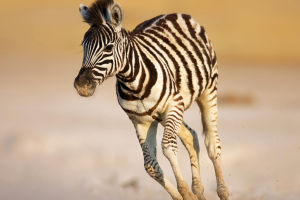Bactrian camels are unique animals known for their two humps and are widely distributed in arid regions of Central Asia, especially in Mongolia and the Gobi Desert of China.
They are a type of camel and are more adapted to extreme cold and drought than dromedaries (what we usually call camels).
This adaptability allows them to survive in harsh climatic conditions and become an important partner for local nomadic peoples.
The body structure of Bactrian camels is very unique. Their humps are storage organs composed of fat, which can provide them with energy and moisture when food and water are scarce.
The humps are not only a symbol of Bactrian camels but also provide support during long-distance migration. These animals have very thick fur that can maintain body temperature in winter and resist high temperatures in summer. Therefore, Bactrian camels can survive in environments with huge temperature differences.
In terms of diet, Bactrian camels are herbivores and feed on a variety of plants, including hay, shrubs, and some drought-tolerant plants.
Their digestive system is very efficient and can extract water from plants, which makes it easier for them to survive in arid environments. Bactrian camels can drink water and get enough water from their food, and this adaptability is key to their survival in desert areas.
Bactrian camels are culturally and economically important. In Central Asia, Bactrian camels are regarded as the "wealth" of camels. They are used to carry goods, as a means of transportation, and to provide meat, milk, and hair.
Camel milk is an important source of food for local people, rich in nutrients, and can support their survival. Bactrian camel hair is used to make clothing, blankets, and other items, and has a high economic value.
However, the survival of Bactrian camels is also facing threats. Due to the development of modernization and urbanization, the traditional nomadic lifestyle is gradually disappearing and the habitat of Bactrian camels is being encroached.
In addition, climate change also puts pressure on the survival of Bactrian camels, and the increase in extreme weather phenomena may affect their food supply and water sources. Therefore, it is particularly important to protect the habitat of Bactrian camels and their traditional nomadic culture.
Bactrian camels are a unique and important animal that carries cultural and economic value in Central Asia. Their adaptability, rich biological characteristics, and close relationship with humans give them a special place in nature.
Protecting Bactrian camels and their habitats is important for maintaining ecological balance and protecting traditional culture. As people pay more attention to this unique animal, more effective protection measures will be taken in the future to ensure that Bactrian camels can continue to survive in this changing world.


